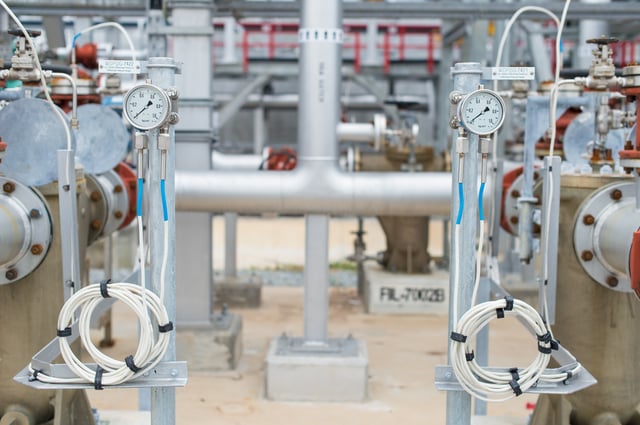A manufacturing company that spends large amounts on the purchase of chemicals can gain a significant cost advantage if it is able to bring down the amount that it pays for its purchases. Many organizations however, assume that optimizing the procurement function is limited to getting the lowest possible prices from their suppliers.

A fact that many purchasing departments, and even other functions within a company, tend to forget is that negotiating the best prices for chemicals is only one of the several ways in which they can control costs. There are a number of other methods at their disposal.
For example, manufacturing companies should be ready to re-negotiate supply agreements when there are major changes. The fall in oil prices in the last two years presented an opportunity of this type. A prerequisite for taking such an advantage is that the contract should contain clauses which permit a buyer to benefit from changes in the market.
It is necessary to understand the cost structure of the chemical supplier
While it is certainly important that buyers have detailed knowledge about the chemical they are buying, it is also essential to be aware of the dynamics affecting the supplier’s pricing policy.
A company should have an idea about the proportion of the supplier’s production that it buys. Is it a key customer or merely one of the many that the supplier caters to? Factors of this nature can often have a strong influence on the negotiating tactics to be utilized to get the best prices for chemicals.
Emergence of new suppliers
In its endeavor to bring down the cost of its raw materials, the purchasing department should not ignore the benefits of dealing with a new supplier. Often, a small order placed with a company that has recently entered the market can jolt an incumbent supplier into lowering prices or providing an add-on service. Of course, due care needs to be taken to ensure that the new supplier has the capacity to meet its commitments and that the quality of its products is satisfactory.
Strong market intelligence and keeping a tab on the emergence of new players in the market can yield substantial cost savings.
A different approach may be required for low-value items
In addition to purchasing large volumes of some items, many manufacturers also need to buy smaller quantities of a number of other chemicals. The individual cost of these purchases may be low, but taken together, their total cost may add up to a sizeable sum.
Companies often struggle to arrive at the optimal way to deal with these purchases. Locating the lowest cost suppliers for each individual item may be uneconomical as a great deal of management time would be involved. But manufacturers should definitely not ignore the potential savings that are available.
One possible solution is to buy these requirements through a third-party distributor. Another option could be to ask one of the major suppliers to arrange for these low-volume products.
Optimizing chemical procurement is not solely the responsibility of the purchasing department
The purchasing department has to take leadership to ensure an adequate supply of chemicals for the manufacturing process. But other parts of the organization also need to contribute in the drive to procure the most appropriate raw materials for the company.
In some instances, an interaction between the purchasing department and the manufacturing department can yield new insights. Detailed discussions may reveal that a certain process can use a chemical with different specifications from the one being used currently without any loss in the quality of the output. Switching over to this low cost raw material could add to the company’s bottom line.
Excellence in the purchasing department can help to get the best prices for chemicals, reduce downtime, and boost a manufacturing company’s performance. But if a company can align the efforts of other parts of the organization with its purchasing section, the gains to be had could be much greater.


